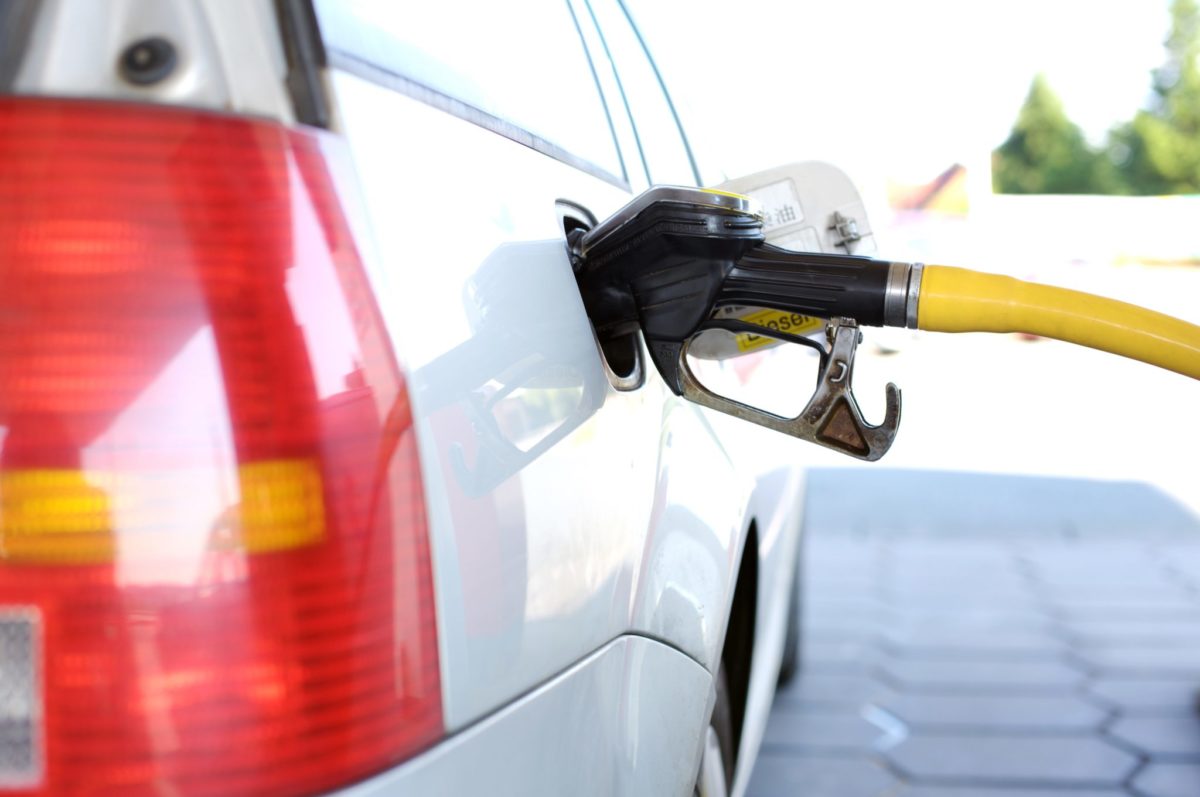From pv magazine Australia.
Griffith University researchers have reported a breakthrough in clean hydrogen electrolysis which uses CoSe2 ‘nanobelts’ – ultrathin sheets made of a lattice of cobalt (Co) and selenium (Se) – as highly-efficient water-splitting electrocatalysts.
The scientists combined two processes to harness the nanobelts in the oxidation or breakdown of water.
In the paper Approaching the activity limit of CoSe2 for oxygen evolution via Fe doping and Co vacancy, published in Nature Communications, the team from the south east Queensland institution described the use of iron (Fe) doping – which replaced some of the nanobelt cobalt – and ‘cobalt (Co) vacancy’, which removed more of the material. The processes marginally improve nanobelt efficiency as an electrocatalyst when used separately, according to the researchers, and dramatically improve performance when combined.
“Our discovery, that by combining these two processes we can push this catalyst to its activity limit is very exciting,’’ said Yuhai Dou from the university’s Center for Clean Environment and Energy. “This unlocks not just the catalytic power of CoSe2 nanobelts, but catalysts for all sorts of electrochemical reactions.’’

“The nanobelts are so small they have a thickness of about one nanometer, that’s 50,000 times smaller than the width of a human hair,’’ Dou said. “This thinness hugely increases the surface area and thus reactivity of CoSe2, as only atoms on the surface can react in a solution.”
In alkaline electrolysis, two electrodes are immersed in a liquid alkaline solution. When voltage is applied, water oxidation occurs, producing oxygen at the anode, and water reduction occurs to produce hydrogen at the cathode. Between the two electrodes is a membrane which separates the gases and only permits negatively-charged oxygen and hydrogen ions to pass through it. The hydrogen obtained must then be cleaned, dried and, if necessary, compressed.
The Griffith researchers hope their discovery will advance material science and electrochemistry knowledge. “More importantly, with hydrogen being an essential part of the Australian government future energy strategy, this work brings Australian capability to meet the challenge of eco-friendly and efficient hydrogen production a step closer to reality,” added Dou.
The national hydrogen strategy adopted in Australia last year aims to establish the industry as a global player by 2030. The federal approach, however, remains technology-neutral by encompassing hydrogen produced by fossil fuel as well as clean energy-powered hydrolysis, albeit with the former having to feature carbon capture and storage. On a state level, governments are delivering their own hydrogen strategies and projects as they seek to unlock the potential of seasonal storage and to decarbonize gas networks by using green hydrogen in place of natural gas.
While batteries remain a cheaper solution for the decarbonization of transport, clean hydrogen fuel can also do its bit to combat climate change. This week, Australian miner Fortescue Metals Group and Canadian utility ATCO unveiled plans for hydrogen refueling facilities for vehicles in Western Australia. The planned trial of hydrogen-fueled vehicles hopes to receive support from the state government’s Renewable Hydrogen Fund.
This content is protected by copyright and may not be reused. If you want to cooperate with us and would like to reuse some of our content, please contact: editors@pv-magazine.com.




Hydrogen is DoA. Instead use Formic Acid, which is equivalent to 600 bar H2, and much safer. Formic acid is 1,700 Wh/kg, or 7x greater in energy density compared to Li-ion.
Hi Talis,
Thanks for your comment. Why is hydrogen dead on arrival?
As a transportation fuel, H2 is doa, as it is difficult and dangerous to contain. Formic acid is just the liquid form of H2. It is equivalent to 600 bar H2, which is what you have in the Toyota Mirai. With Formic acid, you don’t need to carry a heavy high pressure leaking tank. FA is a safe and non-corrosive liquid carried in plastic conainers. Formic acid releases H2 upon demand, which can then feed the fuel cell.
Another problem with H2 for transportation is the low efficiency (50%) of fuel cells. Lithium ion is 95% efficient.
America needs the hydrogen fuel cell operations in order to get away from the oil and gas. Hydrogen fuel is going to be the best new clean energy of our time